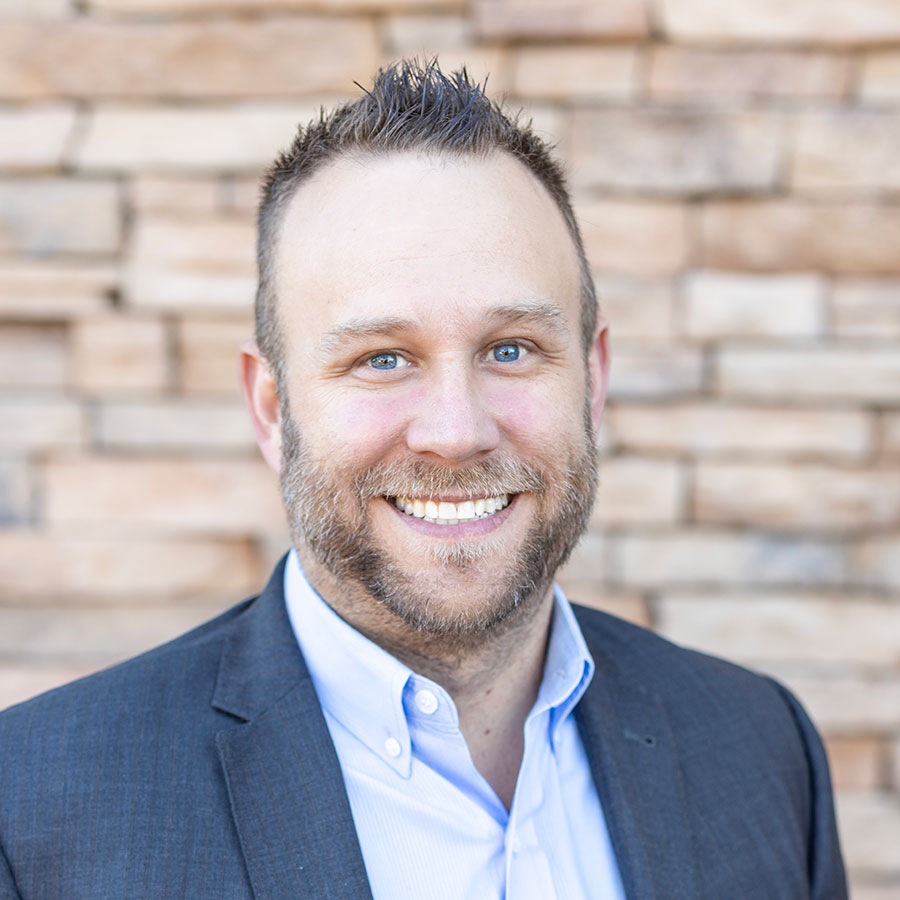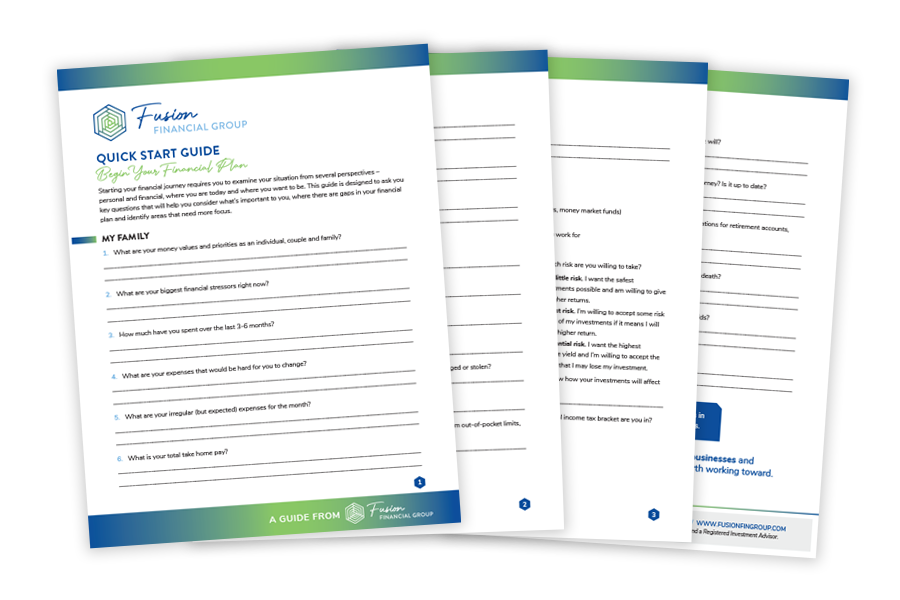National Debt & Your Personal Debt Ceiling
- April 26, 2023
- Posted by: Chris Marshall
- Category: Financial Goals

The U.S. has not been debt free since 1835 – should you be debt free?
As 2023 heats up, talk about the national debt spiraling out of control will too. But what is the national debt and should investors worry about it? More importantly, can the national debt teach investors a thing or two?
The National Debt
If you spend more money than you make, you are in debt. When the federal government spends more money than it collects, it is in debt. It really is that simple.
As of the end of last year, the national debt totaled $31.42 trillion. There are two major categories for federal debt: debt held by the public and intragovernmental holdings.
- Debt Held by the Public = $24.52 trillion
- Intragovernmental Holdings = $6.90 trillion
- Total Public Debt Outstanding = $31.42 trillion
The debt held by the public has increased by 112% since 2012. Intragovernmental holdings increased by 42% since 2012.
Debt Free?
But let’s put it in historical perspective – the US has not been debt free since 1835, when President Andrew Jackson decided to pay off the $75 million debt of all the states by selling land in the western part of the US and blocking every spending bill he could. So, on January 8, 1835, the US was debt free.
It lasted just one year.
Your Personal Debt Ceiling
Reducing your debt burden is vital to your financial well-being. But which comes first, paying off the debt or saving and investing? In some cases, it is best not to wait until you are out of debt to start putting your money to work.
To decide whether to pay down debt or invest, look at the interest rates you pay and consider whether you could earn a higher after-tax rate of return on the investments than the after-tax interest rate on the debt.
For example, say you have a credit card with a $10,000 balance on which you pay nondeductible interest of 18%. In this case, it’s probably best to pay off the debt because your chances of making an after-tax rate of return greater than 18% are very slim.
On the other hand, let’s say you have a mortgage with a $10,000 balance and you pay deductible interest of 6%. If your income tax rate is 28%, your after-tax cost for the mortgage is only 4.32% ((6% x (1 – 28%). You would generally need to earn an after-tax rate of return greater than 4.32% to consider making an investment rather than paying off the debt. If the outlook for earning an after-tax rate of return greater than 4.32% is good, it may be better to invest the $10,000.
Of course, it isn’t an all-or-nothing choice. You can pay off debts with high interest rates first, and then invest when it makes more sense than paying off debt. Let’s say you have a $10,000 balance on your card at 18% nondeductible interest and you owe $10,000 on your mortgage at a deductible interest rate of 6%, and your tax rate is 28%. In this case, you should pay off the credit card first.
When investing, keep in mind that the higher the rate of return, the greater the risk, which can include the loss of principal. If you make investments rather than pay off debt and your investments incur losses, you may still have debts to pay, but will you have the money needed to pay them?
Debt, Save or Invest?
When deciding whether to pay down debt or to save and invest, consider the following:
- What are the terms of your debt? Are there any penalties for prepayment?
- Do you actually have money that you could invest? Most debts have minimum payments that must be paid each month. Failure to make the minimum payment can result in penalties, increased interest rates and default. Are your funds needed to make those payments?
- How much debt do you have? How do you feel about debt? Is it something you can easily live with or does it make you uncomfortable?
- If you say you save the money, will you really invest it or will you spend it? If you pay off the debt, you guarantee instant savings by eliminating the need to come up with the money needed to pay debt interest.
- Do you have an emergency fund, or other source of money, to use if you lose your job or have a medical emergency, or would you have to borrow? If you use your money to pay off debt and needed funds later, would you be able to borrow an additional amount? What interest rate will you pay?
- If your employer matches your contributions in a 401(k), you should generally invest in the plan to get the match. For example, if your employer matches 50% of your contributions up to 6% of your salary channeled into a 401(k) plan, getting the 50% match is like getting an instant 50% return on your contribution. There are also tax advantages to investing in a 401(k) plan.
Final Thoughts
Reducing your debt burden is a critical component to your well-being – that is indisputable. But eliminating debt completely without saving and investing might not be an appropriate course of action for you and your family.
Your financial professional can run different scenarios for you in order to help determine how to proceed.
Important Disclosures
The opinions voiced in this material are for general information only and are not intended to provide specific advice or recommendations for any individual.
Investing involves risks including possible loss of principal. No investment strategy or risk management technique can guarantee return or eliminate risk in all market environments.
This information is not intended to be a substitute for specific individualized tax advice. We suggest that you discuss your specific tax issues with a qualified tax advisor.
All information is believed to be from reliable sources; however LPL Financial makes no representation as to its completeness or accuracy.
This article was prepared by RSW Publishing.
LPL Tracking #1-05358289

Chris Marshall is a Wealth Advisor with Fusion Financial Group, an independent financial planning firm and fiduciary based in Denver, CO. Located in Wisconsin, Chris has 15 years of experience in the financial services industry. At the beginning of his career, he specialized in both portfolio construction and real estate products, fostering a diverse understanding of investment markets. He is compassionate, motivated and hardworking, making him a natural fit as a Wealth Advisor within an independent financial planning firm. Chris focuses on coaching small business owners and new investors. Chris majored in Business Administration at Colorado State University. Since then, he has built a background in investment model design and securities. Chris received the designation of Accredited Investment Fiduciary (AIF®), a symbol of his dedication to upholding the fiduciary standard for clients. When not working, Chris spends time at home in Appleton, Wisconsin with his wife, Kayla, and two young daughters, Winnie and Marlee. Chris grew up in Colorado and is a rabid Denver Broncos fan that can trace his legacy season tickets back several generations! Chris enjoys traveling, attending live concerts and watching just about any type of sporting event. To learn more about Chris, connect with him on LinkedIn.

